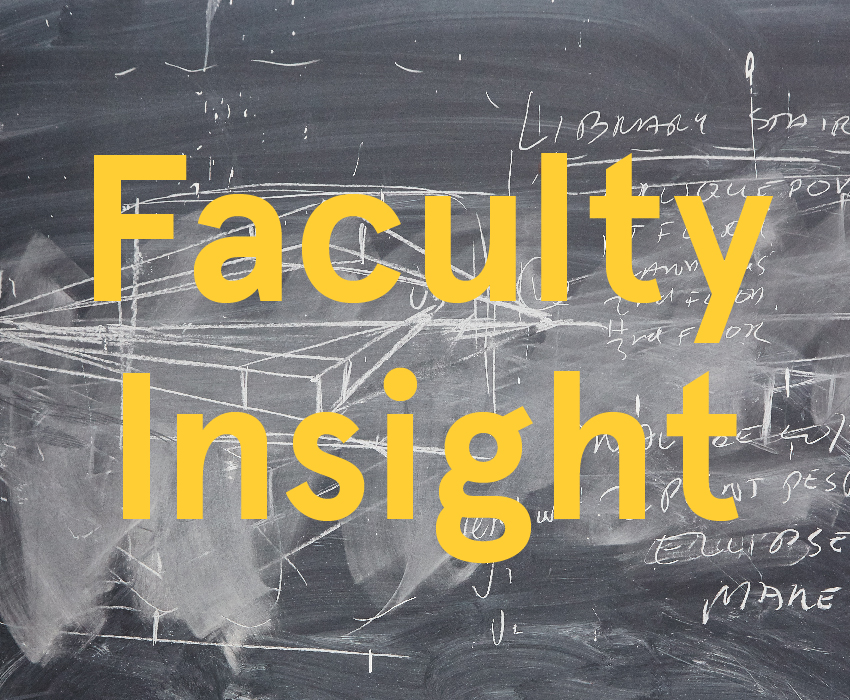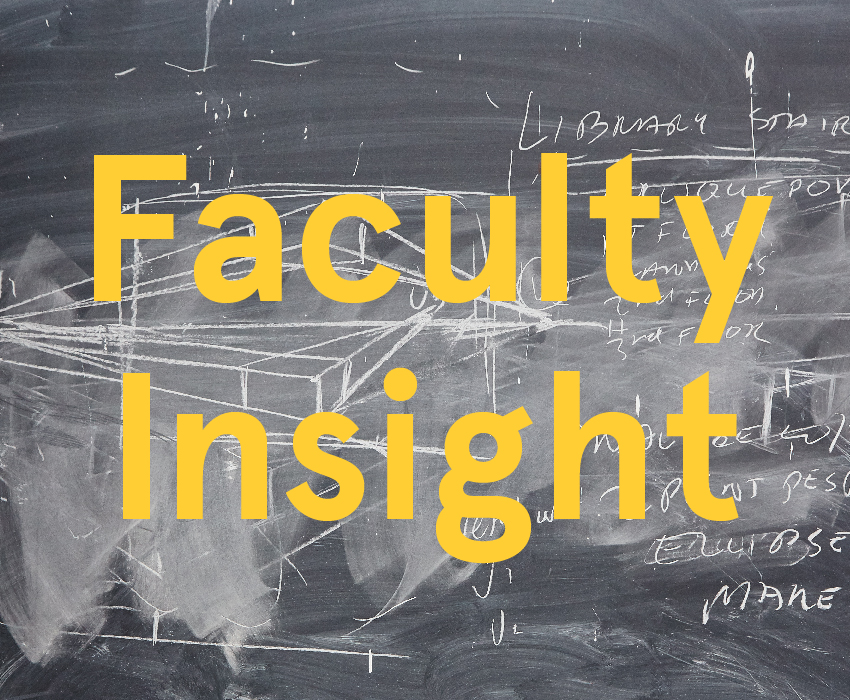
Technology continues to transform our personal and professional lives at an incredibly rapid pace. These changes are bringing tremendous opportunities for revolutionizing the ways in which we live and learn, as well as challenges related to areas such as data access and security, as the massive global ransomware attack in May 2017 recently demonstrated. John Lobell, professor of undergraduate architecture at Pratt Institute, has written extensively on topics ranging from emerging technologies to architecture and cultural theory. In this “Faculty Insight” column, he discusses how the digital revolution is continuing to disrupt higher education and impact the skills students need to be prepared for professional life.
With the digital revolution underway, what is in store for advancements in higher education?
The big story two years ago was MOOCs (Massive Open Online Courses). We are now questioning them, but they will continue to be with us in some form or other. At Pratt Institute, where I teach, one-on-one and group interactions are key to the education in art, architecture, design, and other disciplines. Students in these areas work in studios. They make things in shops. They stand in front of their peers, their teachers, and outside guests and present their work. It is the best kind of education one could imagine.
But our students also take lecture courses, and they could receive their lectures online and then go to class to discuss them. I put all of my lectures online so that students can review them—and my lectures have been viewed over 100,000 times, so there is a real audience for this.
Clayton Christensen, who presented us with the concept of “disruptive innovation,” has written that higher education is about to be disrupted, and by disrupted he means severely threatened by these new online learning opportunities. He is right. Suppose an 18-year-old came to you and asked for guidance on whether to spend time and money on a college education. Also suppose that future prospective employers could ask this young person to take any kind of proficiency test, but could not ask if they have a college degree. What would you advise?
In light of the recent “Wannacry” ransomware attack that affected computers around the world this spring and last fall’s DDoS (distributed denial of service) attacks, which compromised Internet infrastructure, how do you balance security concerns and accessibility, which are considered opposing forces?
Obviously security is important, but I do not think it is a major concern for educational institutions. Many, including MIT, are putting everything they have online, free, and open to all. We don’t want students hacking into administrative systems and changing their grades, but we should be thinking in terms of openness for our offerings.
How can we better prepare architecture students for this new reality so that they are prepared to meet professional expectations in the future?
Thirty years ago, a member of a graphic design firm would have brought an idea sketched with magic markers to a meeting. Today, such firms have cheap 2D printers that can produce material of similar quality as that of an “industrially” produced page of Vogue magazine.
Now think of architectural offices and industrial design offices. Today, their shops include not only traditional machines, but also computer numeric controlled milling machines, 3D printers, laser cutters, and other machines that can produce objects of similar quality to those produced by industrial processes.
These modeling technologies (such as 3D printing) are moving toward full mass production capabilities, and traditional industrial mass production will eventually be replaced in the emerging Digital Industrial Revolution.
But there is more. Not only are we experiencing new production techniques such as 3D printing, but the full implications of the “Internet of Things.” One of the things the Internet brought us was “open source.” Software such as Linux is available free on the Internet with licenses that permit anyone to use it and to add to it, as long as they freely release their add-ons to all others. The result is the rapid development of powerful software free to all. Now we are seeing the same thing in the material world. The software for generating material things (such as designs for things to be 3D printed) can be developed, improved, and shared free online, leading to similar rapid development.
The Bauhaus model of education prepared students to design things that could be mass produced by industrial manufacturing processes. Now we need to prepare our students to design things to be produced by “digital industrial” processes. One hint: GE is now presenting itself as a “Digital Industrial” company, and all new hires, for any position in the company, must be able to do computer coding—something we should be thinking about in order to prepare students for this new era.
